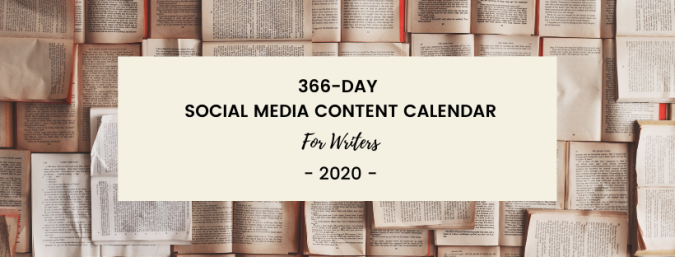
A possessive is a word that ends with an apostrophe and an S that shows someone or something possesses (has or owns) something. There are several rules involving possessives. So, in this post, we’re going to clear up any confusion by breaking down all of the ways a possessive apostrophe and S can behave.
Singular noun
This one’s pretty simple—just add an apostrophe and an S to the end of the noun. (PS: People’s names are nouns.)
John’s bedroom is blue.
The cat’s bedroom is red.
Singular noun ending in S
The same rule usually applies if the singular noun ends in an S.
Jess’s room is green.
James’s house is nicer.
(Beware! Some style guides don’t use the last S in this situation; they end the word with the apostrophe. If you’re writing for a business or publication, you’ll want to check their rules about this.)
Plural noun
This is treated the same as a singular noun. Just add an apostrophe and an S to the end.
The children’s bedrooms are on the second floor.
The sheep’s bedroom is in the barn.
Plural noun ending in S
In this case, you only add an apostrophe to the end of the word. No S.
The parents’ bedroom is above the kitchen.
The kittens’ bowls of milk are by the door.
Make sure you check that all your apostrophes and S’s are in the right place—sometimes they’re very sneaky!
This post was written by Erin Servais and Maud Grauer of Dot and Dash, an author-services company focusing on women authors.
Sign up for the Dot and Dash newsletter and get writing tips and tricks and exclusive deals. Sign up here.
Follow Dot and Dash on social media.
Twitter: @GrammarParty
Instagram: @dot_and_dash_llc
Facebook: facebook.com/dotanddashllc
Pinterest: www.pinterest.com/dotanddashllc

Claim your FREE sample book edit and learn more about my editing packages here: https://www.dotanddashllc.com/editing-evaluations

